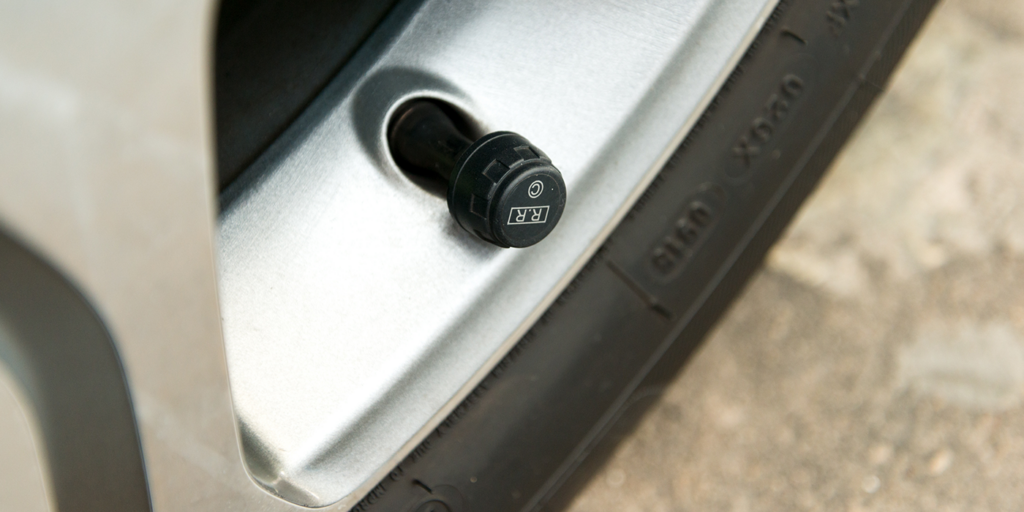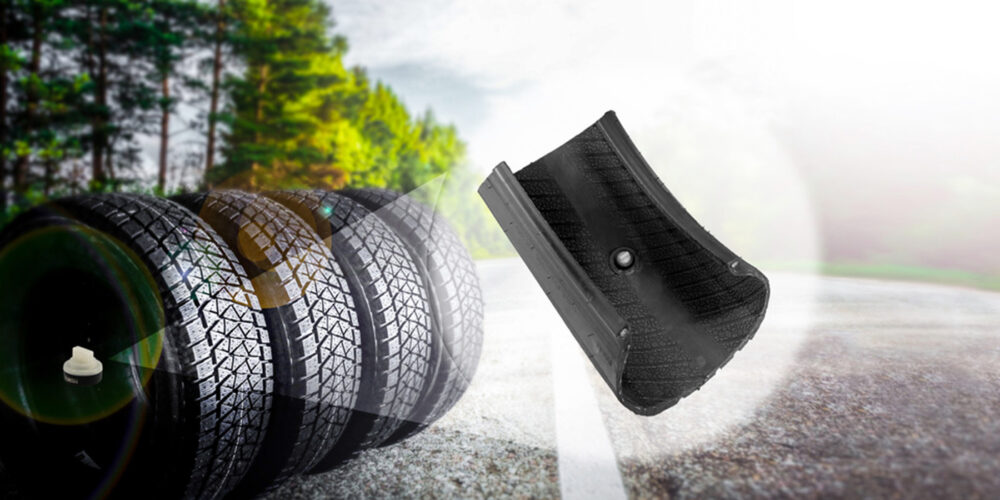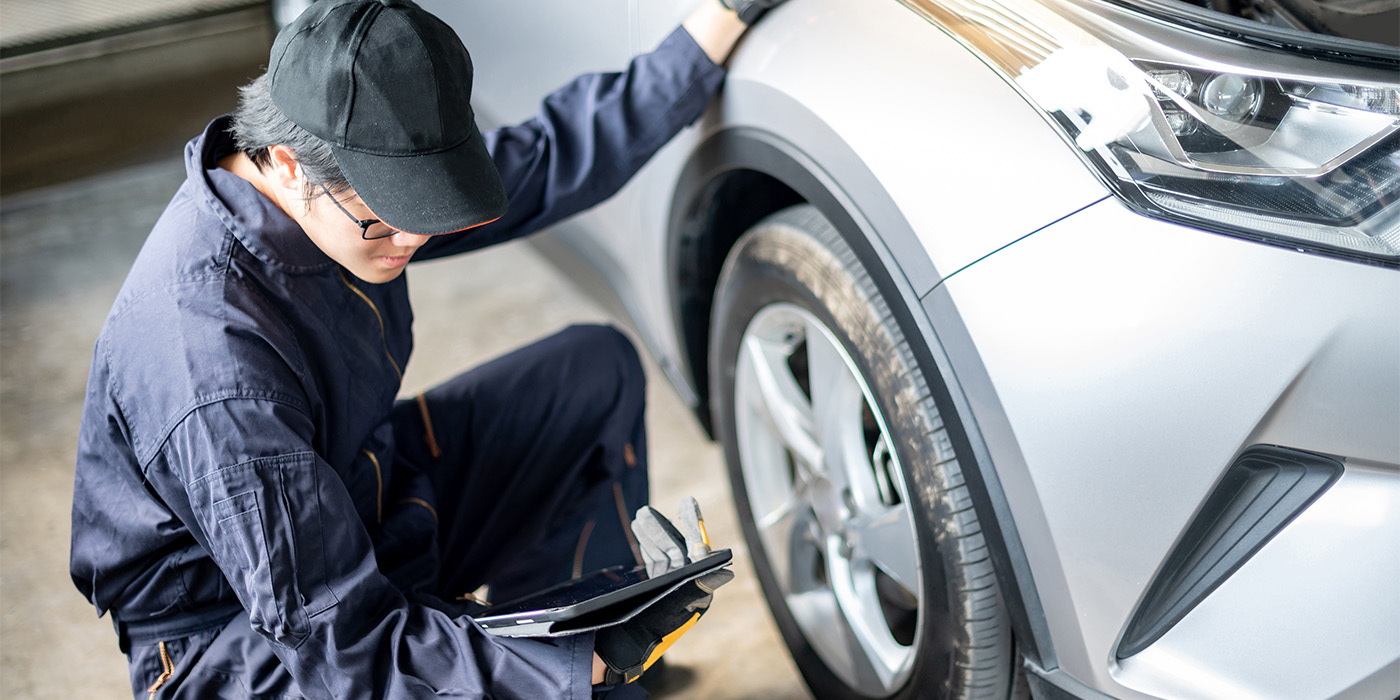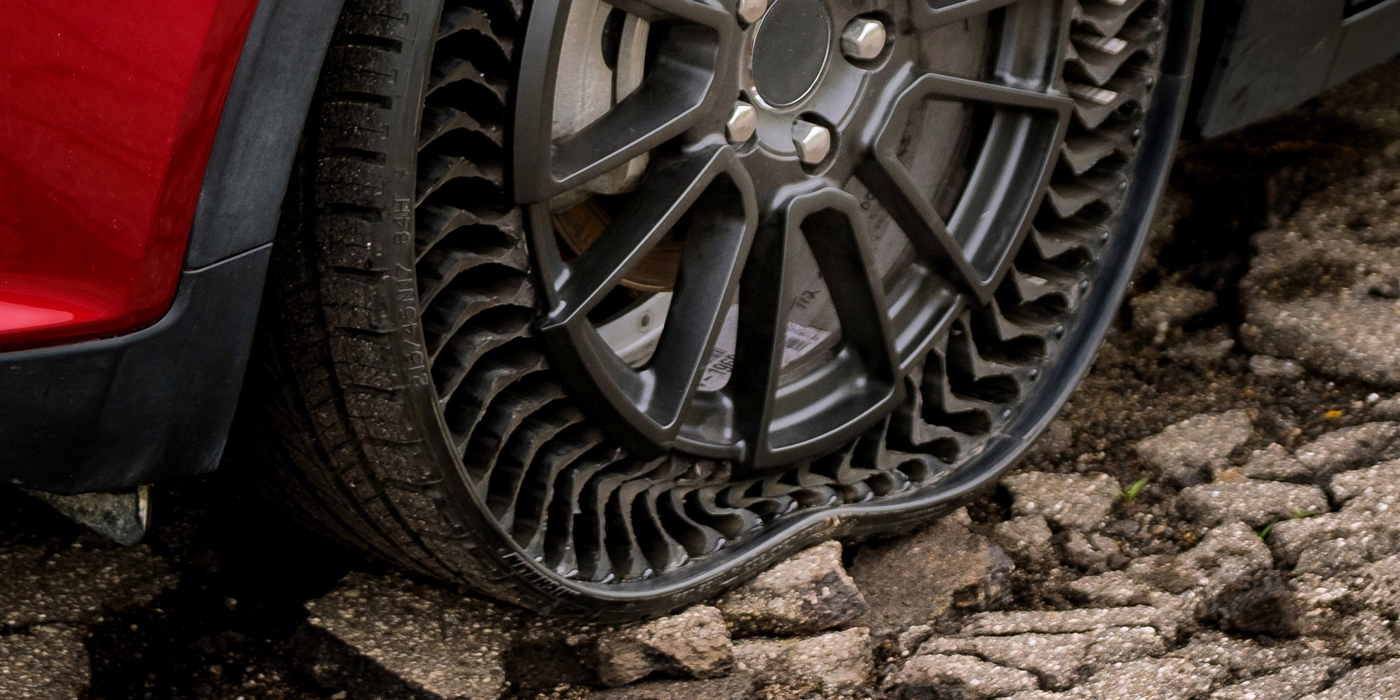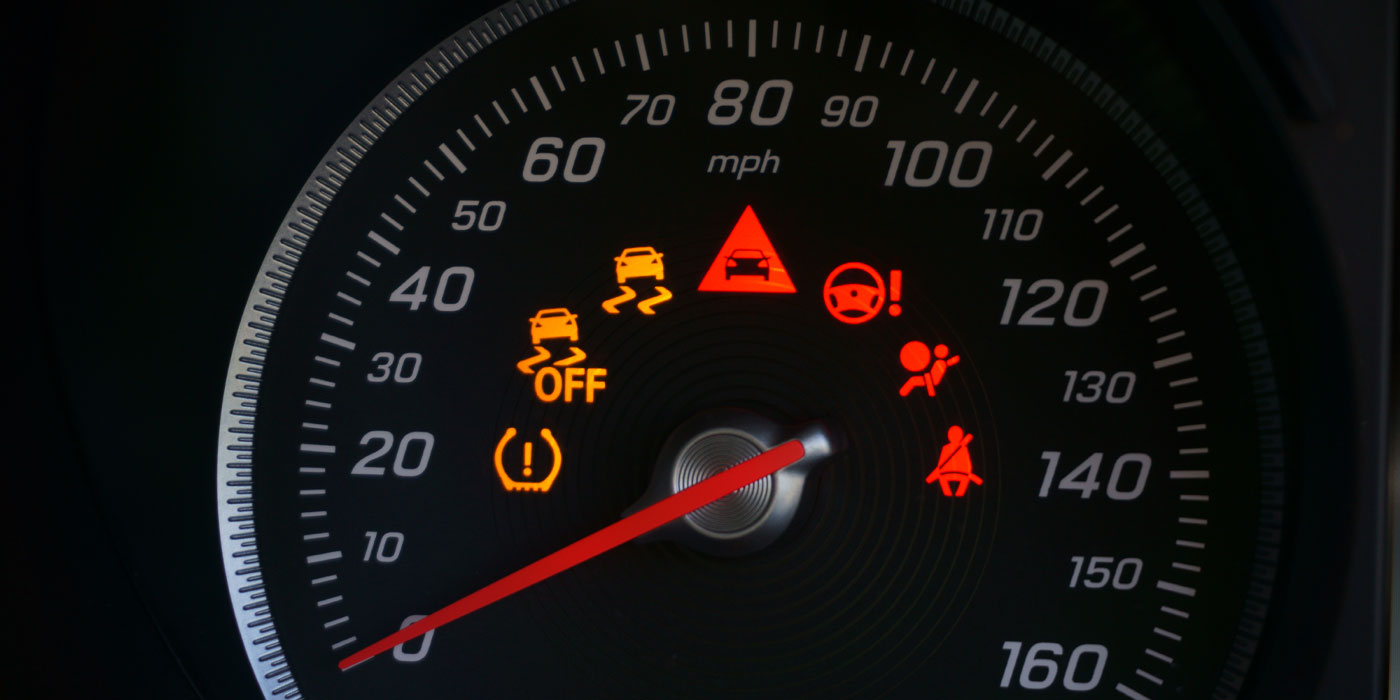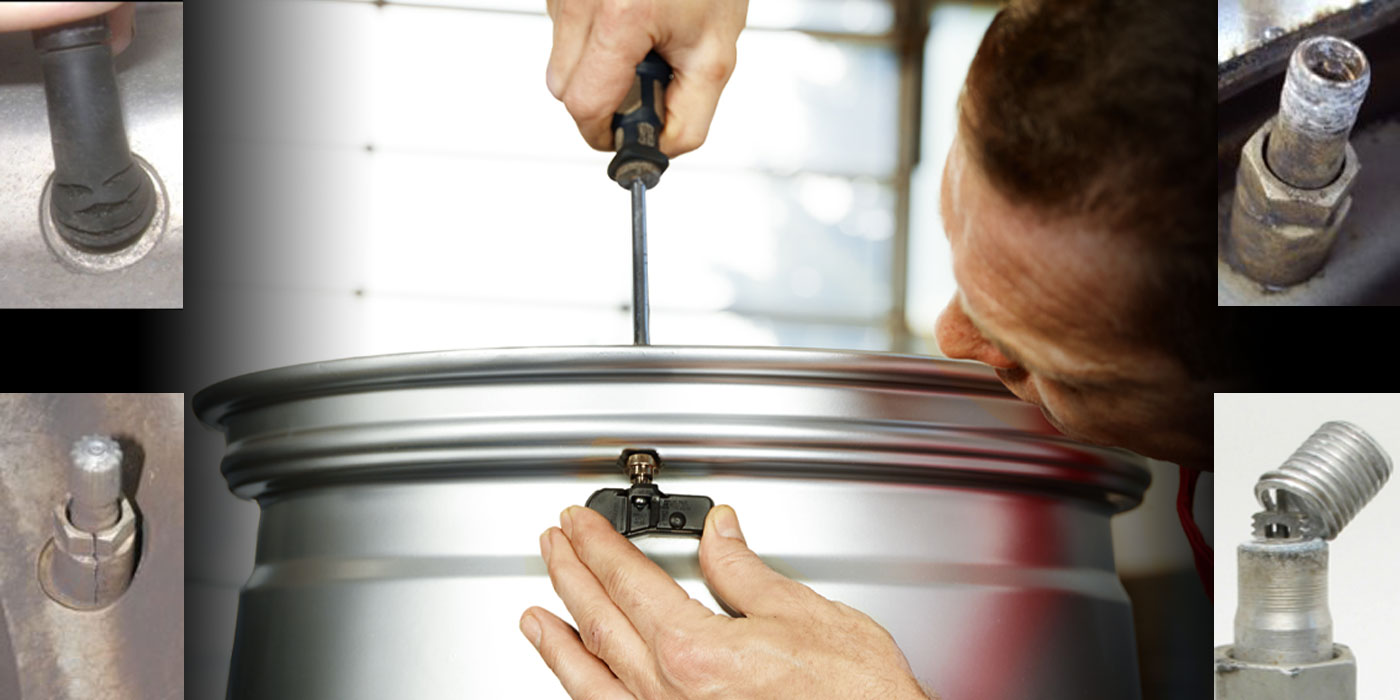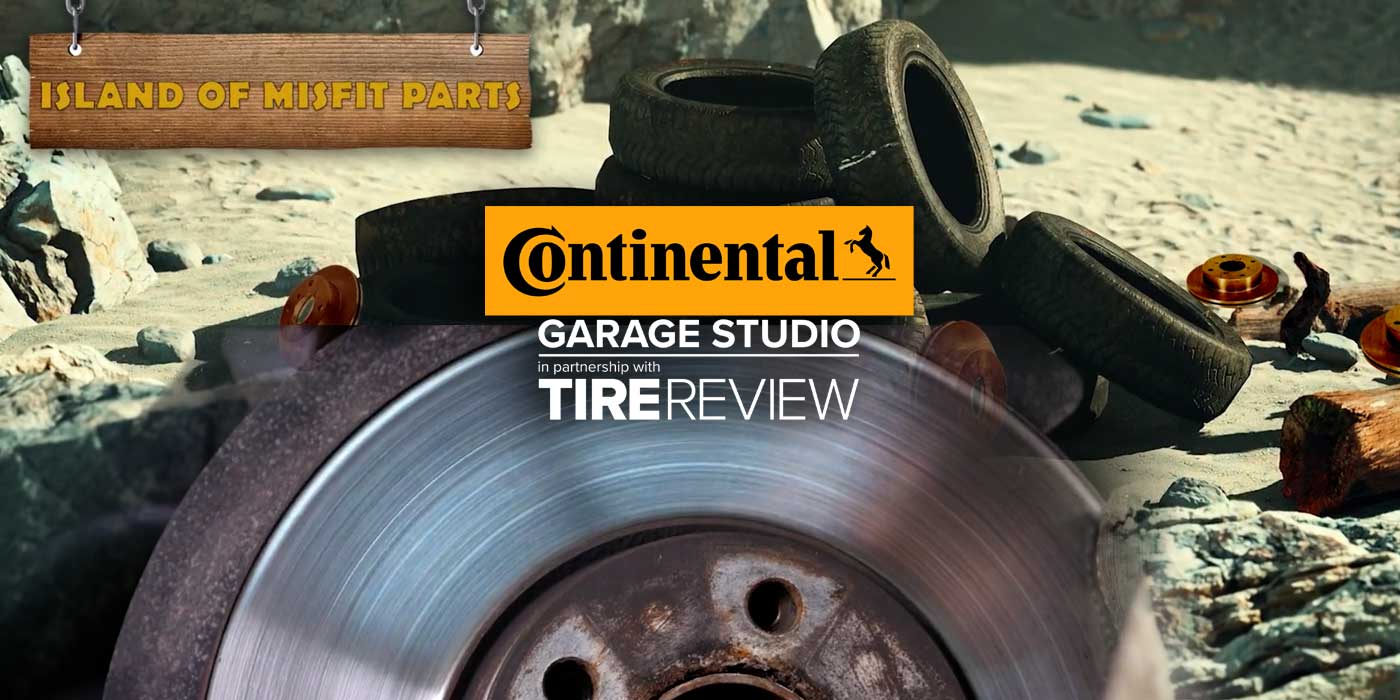You certainly don’t need a lecture about the importance of having standard operating procedures (SOPs); if you work on cars, you likely understand the importance they bring to premium, efficient and complete vehicle repair service. What you might need to hear, however, is about the importance of an SOP for your TPMS business.
TPMS provides many benefits to your customers—the biggest one being safety. Any repair service should have a SOP to protect both your shop and the driver. Once the vehicle enters the shop, you take on a level of liability. A SOP will help ensure all steps are taken during the repair process and can be used as proof of those steps being taken.
When it comes to TPMS service, some of these steps can even be taken prior to the vehicle entering the shop. By performing the following four checks prior to the vehicle entering your shop, you can avoid any misunderstandings that can lead to less than premium service.
When a customer comes to your shop for TPMS service, walk out to their vehicle with your TPMS tool and inspect the following:
- The TPMS Dashboard Light:
The two important things to look for here are: Is the light on? If yes, what is it doing? This will help guide you in diagnosing the problem and recommending a service. If the light illuminates and stays on, one or more tires might simply be 25% or more over/under placard pressure. You can adjust the air in the appropriate tire(s), and the light will likely turn off. If the light illuminates and then blinks for 60-90 seconds before remaining solid, it is indicating that there is something wrong with the TPMS system and needs a more intricate service. A battery could be dead, a sensor could be damaged, etc. - The Valve Cap:
Check if they have them and what condition they are in. If they are missing, note any damage of the valve or valve core. This could cause for slow air leaks or could even promote damage to the sensor during service, requiring a new sensor. Make note of this possibility to the driver prior to beginning TPMS service. - The TPMS Sensors:
Walk around the vehicle with your TPMS scan tool and test each sensor. This will help you define which, if any, sensors are dead, damaged or just not working properly. You can make note of this prior to the vehicle entering your shop and prior to any service being done. - The Audit Report:
If you have the capability, access the vehicle’s computer prior to it entering your shop, and review the audit report with the customer. This report can explain any Diagnostic Trouble Codes (DTCs) pertaining to the TPMS system. Based on the results, you can make some reasonable assumptions on what services may be required prior to ever touching it.
TPMS has come a long way in a relatively short amount of time, but assume it is still a bit of a mystery to your customer. Transparency is absolutely everything when it comes to convincing a customer to keep their TPMS system functioning properly and investing in your TPMS service.

